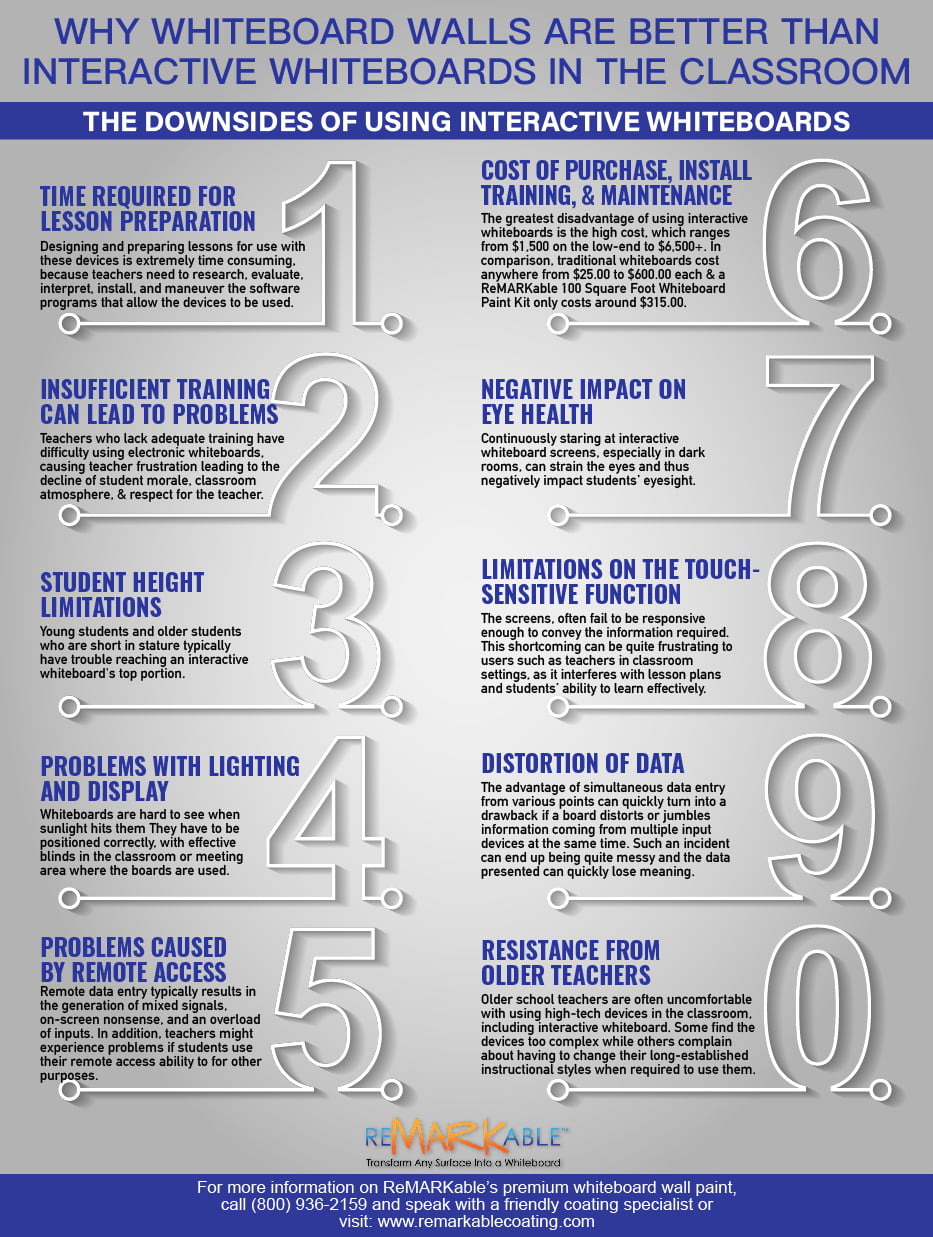
Why Using Whiteboard Walls is Better than Interactive Whiteboards in the Classroom
To avoid confusion, this article is specifically referencing full-sized electronic whiteboards (basically a huge tablet that attaches to a classroom or office wall). We are not in any way referring to the amazing interactive whiteboard pens that work exceptionally well on whiteboard painted walls of all shapes and sizes. (Very different technology…) Interactive or electronic whiteboards were originally developed for use in offices, but they are now being employed in educational settings as well. Since interactive whiteboards are relatively new and untested teaching tools, many educational administrators are concerned about introducing them into their schools. Before investing, potential buyers need to thoroughly research the various advantages and disadvantages of interactive whiteboards in order to weigh their practicality and consider their potential drawbacks. Classroom climate is extremely important for both students and teachers, and if an instructional device such as an electronic whiteboard causes problems of use and comprehension, students’ attitudes and learning ability will suffer.
Interactive whiteboards are large white display screens that are connected to computers, phones, tablets, etc., allowing students and teachers to draw or write on the display. They essentially link a computer to a touch-sensitive screen and a display, meaning that they cause humans to act as input devices that control the functions of the computer using a pen, finger, or other objects on the screen. Although interactive whiteboards may help educators to communicate with their classes in new and novel ways, they also have downsides that may impede the learning process and cause frustration for both teachers and students.
Some of the important negatives of using interactive whiteboards are as follows:
Length of Time Required for Lesson Preparation
Interactive whiteboards might help teachers to convey information and explain concepts in innovative ways. However, designing and preparing lessons for use with these devices is extremely time-consuming because teachers need to research, evaluate, interpret, install, and maneuver the software programs that allow the devices to be used. For this reason and for some of the other reasons discussed below, many teachers still prefer to use traditional textbooks, whiteboard walls, or other media for classroom instruction.
Insufficient Training Can Lead to Problems
Teachers who lack adequate training often have difficulty using electronic whiteboards, which can be extremely confusing and troublesome to operate. This may cause frustration such that the teachers don’t use the equipment to its full potential, and might lower the teachers’ self-esteem if they embarrass themselves while wrestling with the devices. Classrooms need to be consistently positive environments where students feel confident in their teacher’s knowledge and abilities while working cooperatively and being respectful. So, if a teacher appears to have problems operating an interactive whiteboard, student morale, classroom atmosphere, and respect for the teacher may decline, and the learning process may suffer.
Student Height Limitations
Young students and older students who are short in stature typically have trouble reaching an interactive whiteboard’s top portion. Teachers use stools and ladders to help in these situations, but this poses the risk of injury from falls. Educators may also try to lower the electronic board’s level, but this potentially leads to less viewable room on the electronic board for performing tasks. Students who sit in the back of the classroom might struggle to view the interactive whiteboard over the heads of students in front. In addition, interactive whiteboards are much smaller than wall-length chalkboards or full whiteboard walls, so teachers are unable to post weekly tasks or homework assignments on the boards for long periods of time.
Problems with Lighting and Display
In order for students and teachers to use interactive whiteboards effectively, the lighting in a classroom has to be just right because some students may experience glare from sunlight or interior lights reflecting on the screen. Whiteboards are hard to see when sunlight hits them, so they have to be positioned correctly, with effective blinds in the classroom or meeting area where the boards are used. Some students might also have trouble reading diagrams, images, or fonts that are smaller than standard writing done on a chalkboard, traditional whiteboard, or whiteboard wall. In case the power goes out, or the computer’s battery gets low, teachers might temporarily lose the displayed subject matter. Also, damaged interactive whiteboard screens make it difficult to display effectively and consequently read the content. In such cases, the price of repairing or replacing the boards is exorbitant, so buying the devices can be prohibitive for many schools.
Problems Caused by Students with Remote Access
When using interactive whiteboards, some teachers encourage classroom discussion and permit remote data entry by allowing students to freely interact on the board with their personal computers. Although this practice may at first seem beneficial to students’ learning, it typically results in the generation of mixed signals, on-screen nonsense, and an overload of inputs. In addition, teachers might experience problems if students use their remote access ability to create drawings or messages that are inappropriate or irrelevant to what’s being presented on the screen, leading to unnecessary disruptions and wasted teaching time.
High Cost of Purchase, Installation, Training, and Maintenance
Perhaps the greatest disadvantage of using interactive whiteboards is their high initial cost, which ranges from $1,500 on the very low-end to $6,500+ each, depending on the model. In comparison, traditional whiteboards cost anywhere from $25.00 to $600.00 each, and a ReMARKable Clear Whiteboard Paint 100 Square Foot Kit only costs around $315.00.
In addition, with electronic whiteboards, it’s necessary to pay for accessories, installation, and training to ensure that those who use the devices are competent to do so. Electronic whiteboards are only as effective as their users, and if proper training and accurate knowledge are lacking, the devices become useless. Periodic training updates are essential to gaining the greatest benefit from interactive whiteboards, and this also adds to their cost.
Regular troubleshooting, technical support, and maintenance, especially for advanced types of interactive whiteboards, also incur major costs. All of these factors adding to the high price tag of interactive whiteboards mainly affect schools with limited budgets, small businesses, and non-profit groups.
Negative Impact on Eye Health
Continuously staring at interactive whiteboard screens, especially in dark rooms, can strain the eyes and thus negatively impact students’ eyesight. This is an obvious disadvantage as individuals affected in this way may eventually have to seek medical treatment and so may incur a further expense for a school or business, especially if legal reparations are sought.
Limitations on the Touch-Sensitive Function
As mentioned, interactive whiteboards are touch-sensitive, and this feature can be a major limitation to their use because, at times, their screens may fail to be responsive enough to convey the information required. This shortcoming can be quite frustrating to users such as teachers in classroom settings, as it interferes with lesson plans and students’ ability to learn effectively.
Distortion of Data
One benefit of interactive whiteboards is that they allow for simultaneous data entry from various points. However, this advantage can quickly turn into a drawback if a board distorts or jumbles information coming from multiple input devices at the same time. Such an incident can end up being quite messy, and the data presented might lose meaning.
Resistance from Older Teachers
Old school teachers are often uncomfortable with using high-tech devices in the classroom, and the interactive whiteboard is no exception. Some find the devices too complex, while others complain about having to change their long-established instructional styles when required to use them. Not only must these teachers learn how to operate the devices, but they also need to productively integrate them into their teaching strategies. This process requires a significant amount of time and effort that many older teachers are reluctant to devote.
Conclusion
Although interactive whiteboards are among the most cutting-edge technological tools to become available to schools and businesses in recent years, they have considerable limitations that may negatively impact learning and effective exchange of data. Also, since interactive whiteboards can be quite costly in terms of money, efficiency, and time spent in training, potential buyers need to do in-depth research before deciding to purchase the devices for use in classrooms or offices. ReMARKable dry erase walls pose none of these problems and are much more cost-effective and eco-friendly to apply and use.


























































































![ReMARKable’s Winter Sale is Here! [25% Off + Free Shipping]](https://www.remarkablecoating.com/wp-content/uploads/2018/01/Red-Tag-Winter-Fashion-Facebook-Post-1-440x264.png)















![Drive Your Organization Into Openness and Watch it Expand [20% Off Whiteboard Paint]](https://www.remarkablecoating.com/wp-content/uploads/2016/04/Drive-Your-Organization-Into-Openness-and-Watch-It-Expand.-1-440x264.jpg)

![30% Off St Patrick’s Day Sale! [Details Inside]](https://www.remarkablecoating.com/wp-content/uploads/2016/03/Glorious-1-440x264.png)


![Giant Leaps Forward Require Big Spaces. [Leap Year Sale Event!]](https://www.remarkablecoating.com/wp-content/uploads/2016/02/Giant-Leaps-ForwardRequire-Big-Spaces-440x264.jpg)

















![ReMARKable Summer Sale 2018 [28% Off Whiteboard Paint]](https://www.remarkablecoating.com/wp-content/uploads/2018/06/Blue-Simple-Line-Beach-Facebook-Post-1-440x264.png)







































































































































































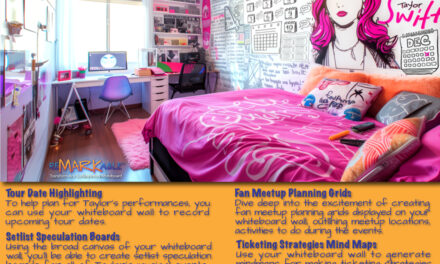


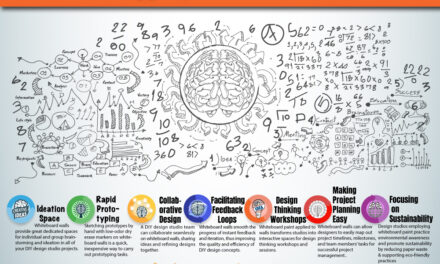
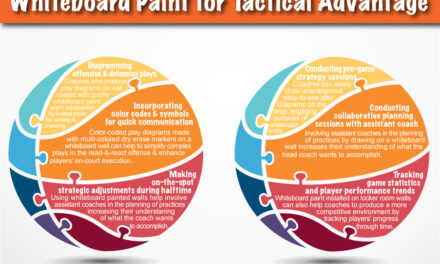
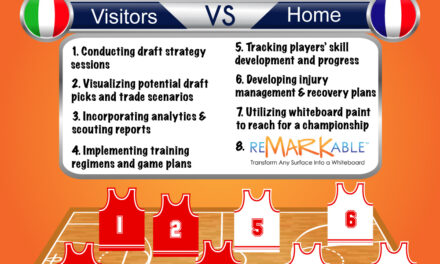

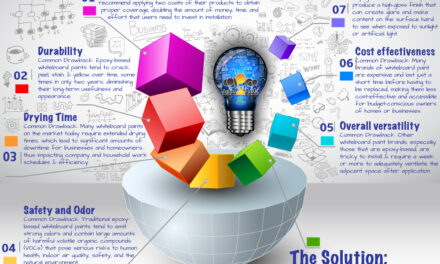
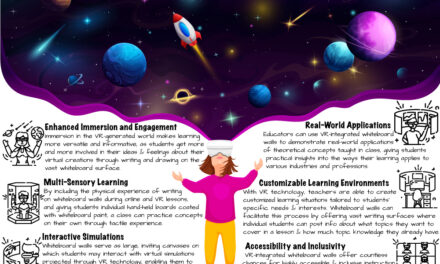
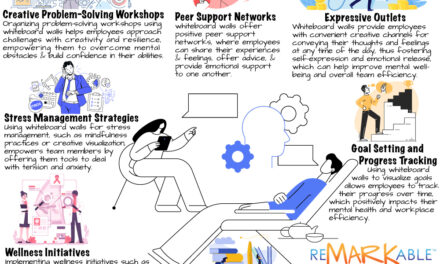

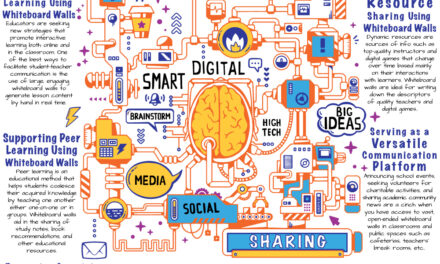
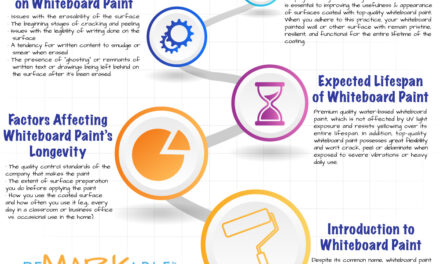
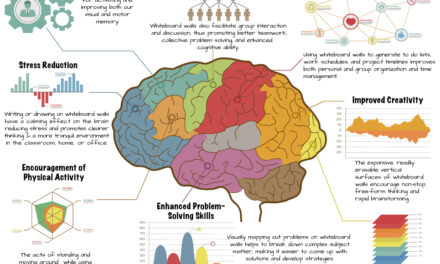


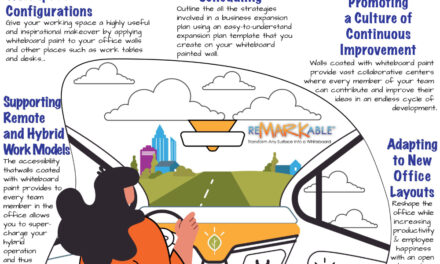
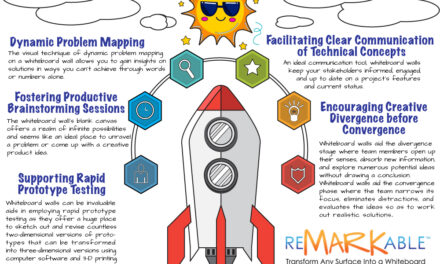


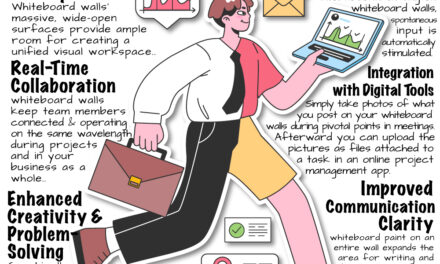
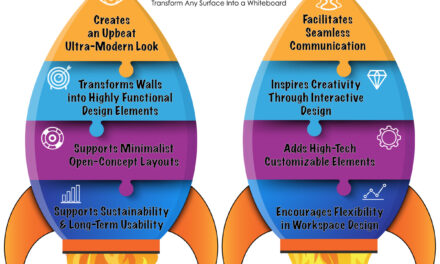
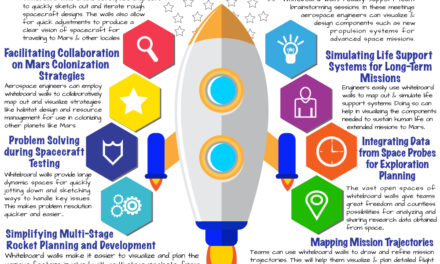


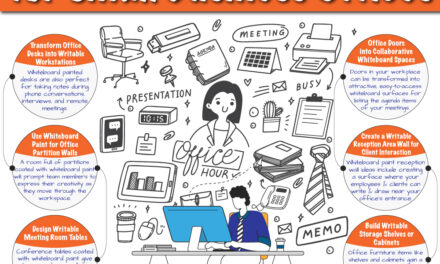
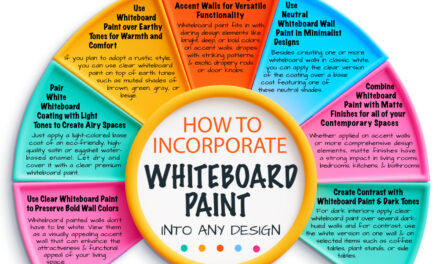
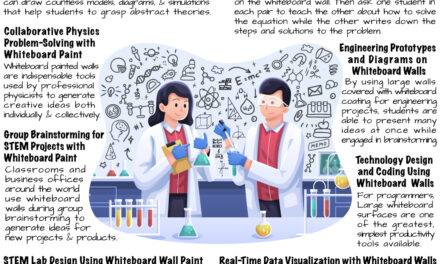
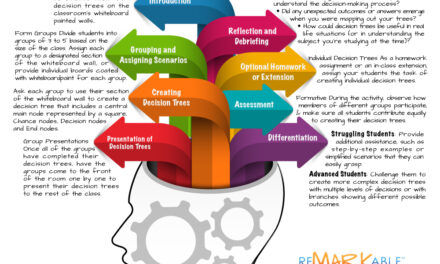

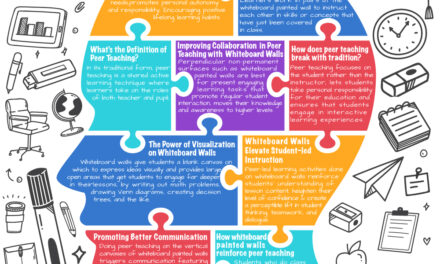
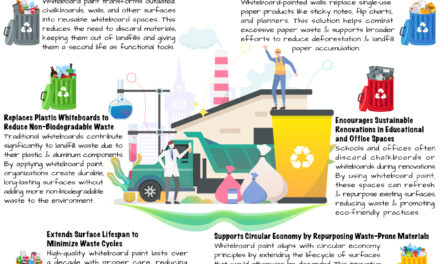

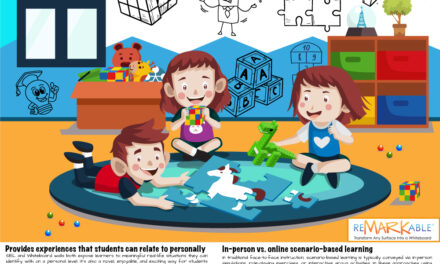
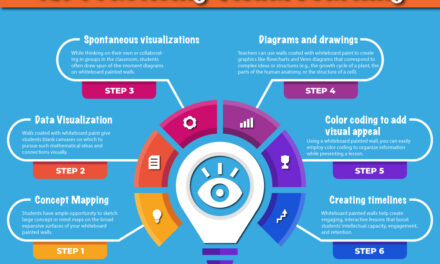
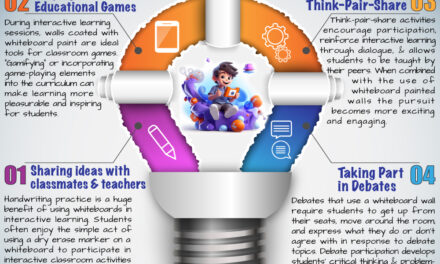



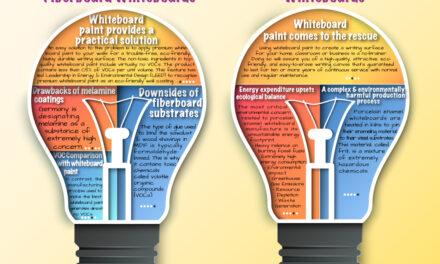
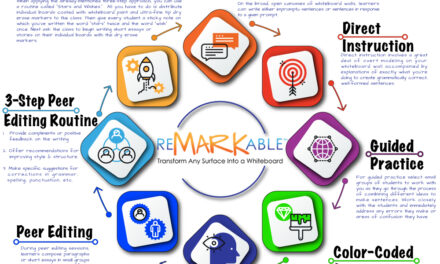

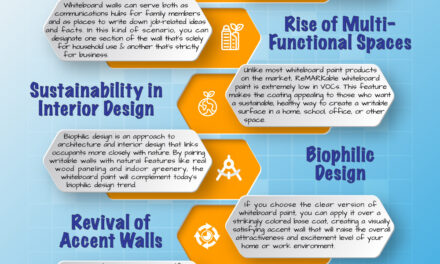
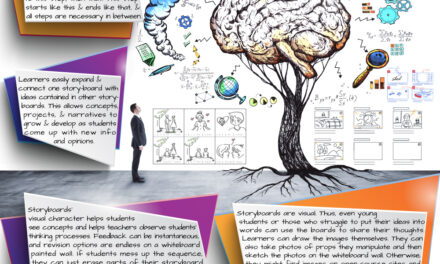
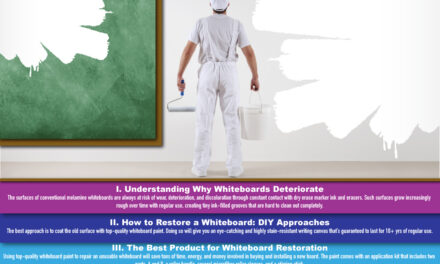

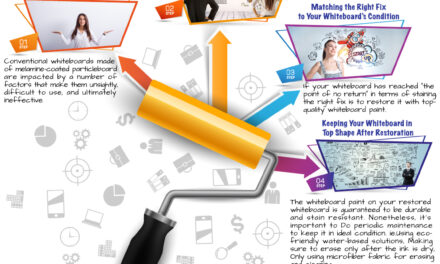
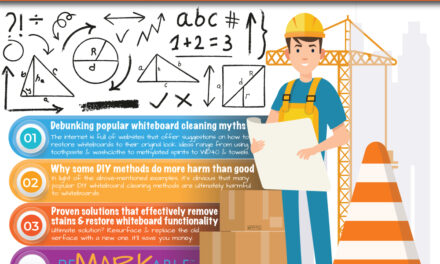
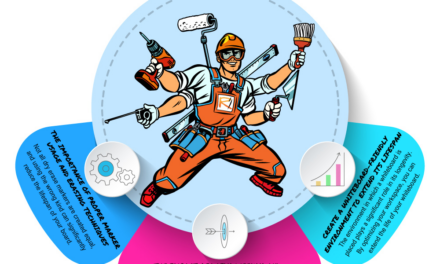

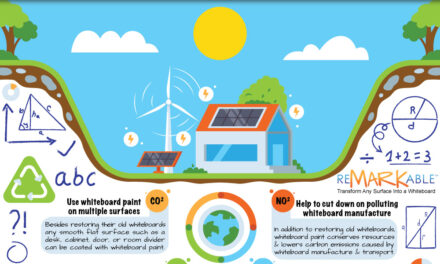
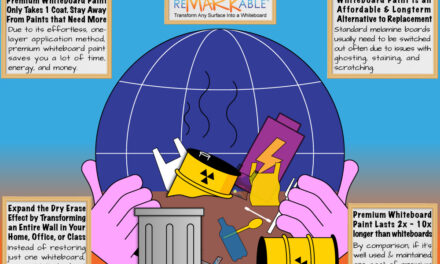
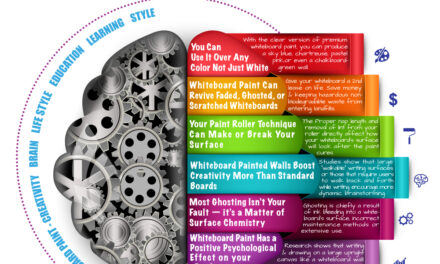
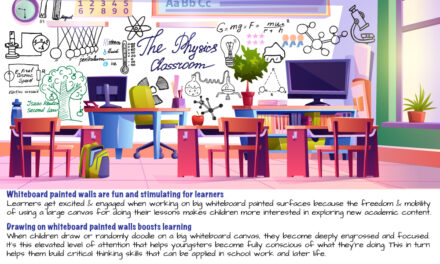
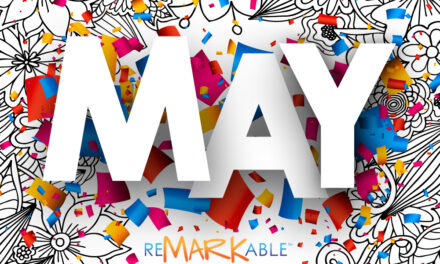
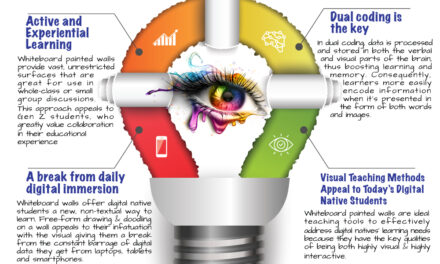
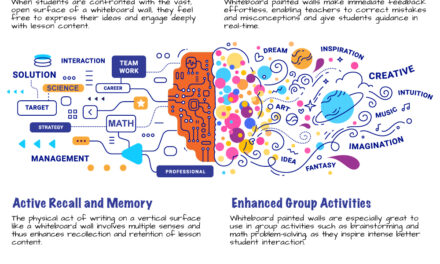
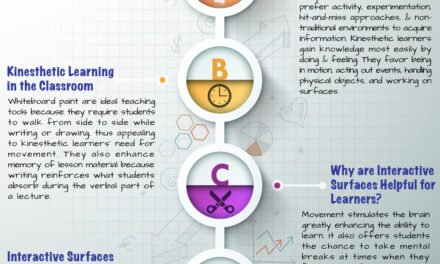


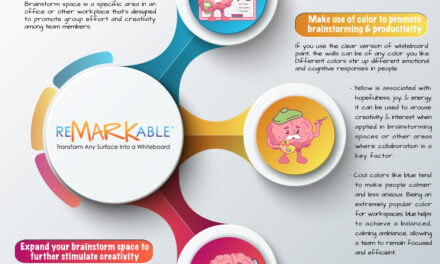
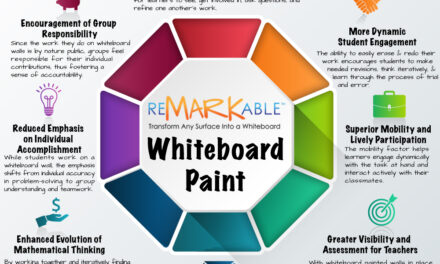
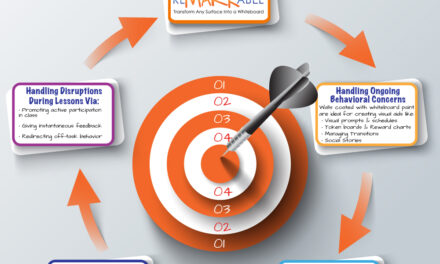
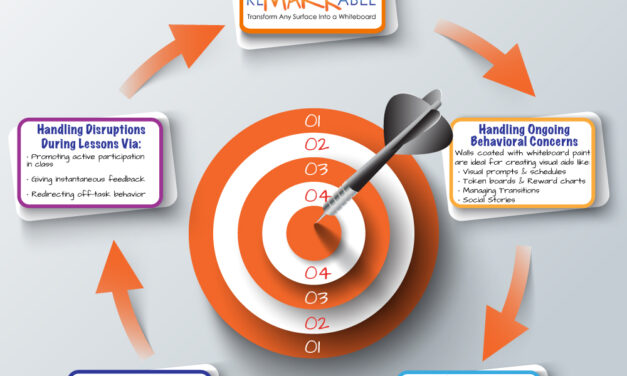
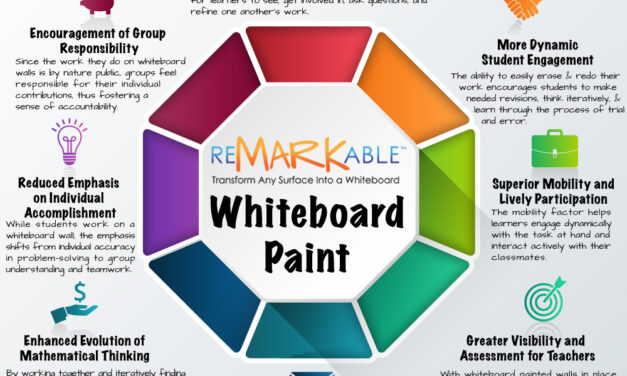
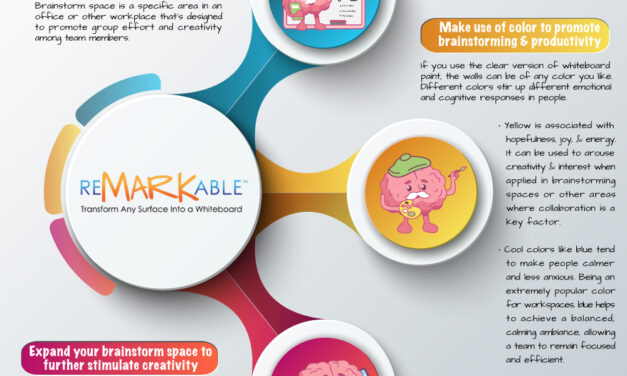


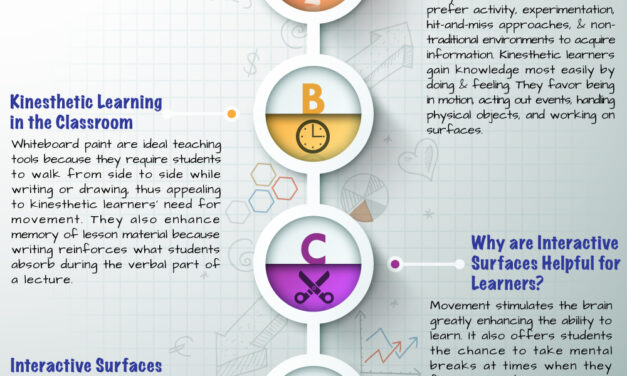





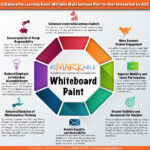



0 Comments